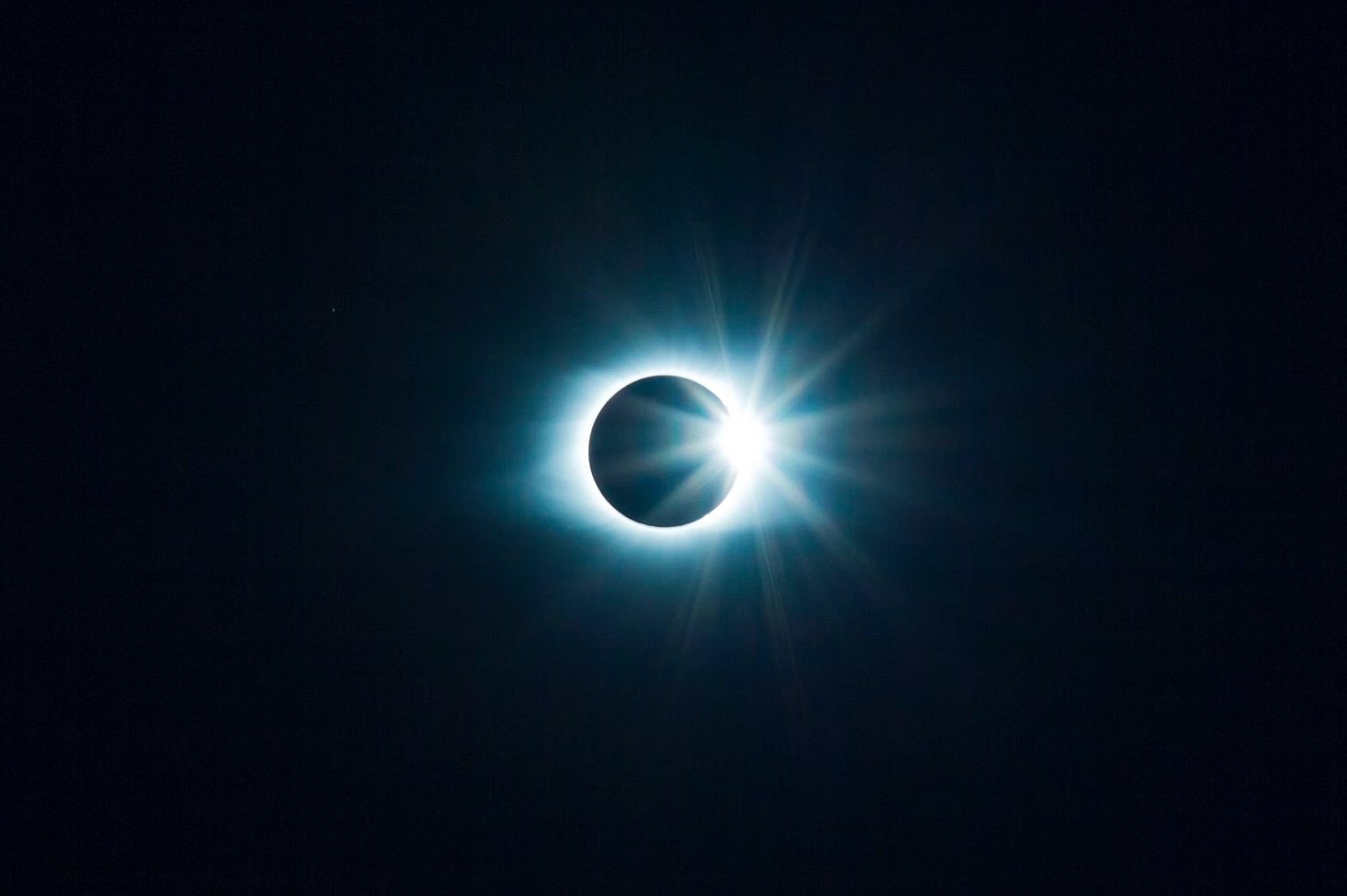SPECIAL: TIME's Best Inventions of 2025 spotlights space innovation
The list, launched over 25 ago, honours the best of the best – and confirms the space sector's reputation for innovation.
This newsletter was brought to you by Sonder London. Follow us on LinkedIn here. Thanks for reading.
TIME magazine’s annual list of the world’s best inventions aims to spotlight the very best in global innovation. For a quarter of a century, the judges have searched far and wide each year for those creations with the potential to change the world. Previous inclusions include Google Street View, ChatGPT, YouTube, the iPhone, the Large Hadron Collider, and the Covid vaccine.
This year’s list includes a number of inventions made possible by space – so confirming the sector’s reputation for boldness and big-thinking. Here are some of them.
Kayrros | Wildfire Risk Monitor
Kayrros, the world leader in energy and environmental intelligence, takes the terabytes of raw data captured by satellites each day and uses state-of-the-art technology to make sense of it. Its Wildfire Risk Monitor brings together geospatial analytics, data fusion, machine learning, AI and ground-level data to gauge the risk of fires, their spread, and the extent of the damage done. Now, a close partner of insurers, emergency services, governments, and others, Kayrros cements its position as one of the world’s most creative space-enabled companies with this, its latest, award.
Cailabs | TILBA-L10
Dubbed a 'Reinvention Champion’ by the Financial Times just last year, Cailabs are the team that cracked the problem of atmospheric turbulence, which had until then hamstrung space-to-ground optical communication. The chaotic, irregular, three-dimensional motion of air in the Earth’s atmosphere had caused laser links to degrade, preventing the reception and retrieval of its data on Earth. Now, with its Tilba-L10 optical ground station, Cailabs enables the transmission of up to 20 gbps from satellites via laser. It isn’t just 10 to 20 times faster than radio, but means more bandwidth, and communication that is extremely difficult for hostile actors to detect, intercept and jam.
FibreCoat | Radar-Absorbing Material
As Charlotte Hu writes, an invisibility cloak is still the holy grail of stealth – but FibreCoat’s new radar-absorbing material comes close. The company, whose founders cut their teeth at RWTH Aachen University’s prestigious Institute for Textile Technology, have developed a novel coating process that produces ultra-resilient materials at a fraction of the weight and cost of their rivals’. The new radar-absorbing material is the first of its kind. Most stealth engineering uses angular design to deflect radar waves of special paints that have to be reapplied; FibreCoat’s material is designed to dissipate a broad range of radar waves, able to stop fighter jets, drones, and satellites from being seen by radar.
Firefly | Blue Ghost
Firefly Aerospace’s Blue Ghost lander became the first private spacecraft to land successfully on the moon. Working with NASA, Blue Ghost carried 10 scientific instruments, including a laser reflector to measure the moon’s shape and precise distance from Earth. Firefly now plans to launch another lander next year to the moon’s far side, to be followed with launches in 2028 and 2029. Its aim is to create a way for humans to return to the lunar surface.
AST SpaceMobile | BlueBird
Most space-internet empires are being built with thousands of small satellites. AST SpaceMobile takes a radically different approach. It goes for size. Now five of its BlueBird satellites, which have the largest commercial antennas ever deployed in low-Earth orbit, are circling, and even larger satellites are planned for launch in the coming months. These would enable peak transmission speeds of 120 Mbps, new benchmarks for space-beamed internet.
Vera C. Rubin Observatory
The deputy director of the Vera C. Rubin Observatory calls it a ‘discovery machine’. It can take about 1,000 pictures of the southern sky every night from its mountaintop home in Chile. Using giant mirrors concentrating starlight into a 3,200-megapixel camera, it is expected to reveal billions of cosmic objects in the next decade – and could solve answer the question whether another planet exists beyond Pluto.
FireSat
Nonprofit FireSat uses advanced infrared sensors to scan the planet’s most fire-prone regions every 20 minutes. It can detect fires as small as 5-by-5 metres, and plans, with the support of Google Research and Muon Space, to build a constellation of 50 satellites fitted with by 2030. The goal is identify fires of about the size of a one-car garage before they grow to ‘disaster’ size and can do serious harm.


